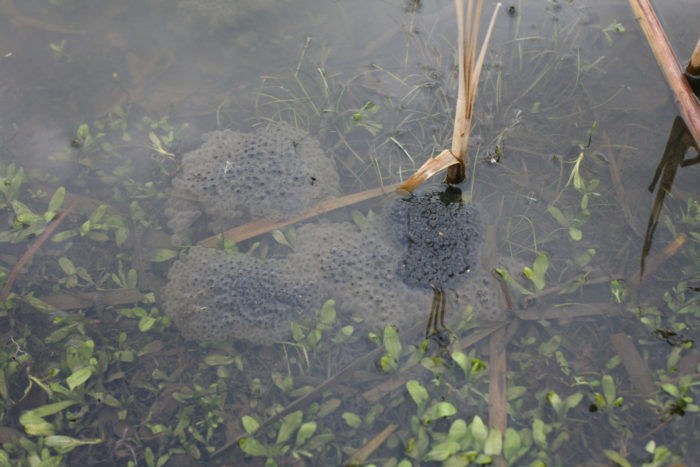Biodiversity at Bodington
Hi, I’m Sam, the Student Sustainability Architect working on the University’s biodiversity monitoring programme at Bodington Fields alongside a wider team of Student Sustainability Architects.
This is the start of what we’re hoping will be a series of monthly blogs about our projects on and off campus - and which will hopefully encourage as many people as possible to get involved. So, since this is the first entry, let’s start at the beginning.
The University of Leeds' award winning biodiversity monitoring programme aims to research our urban landscapes to gain a better understanding of the range of animal life it supports. Biodiversity monitoring involves doing surveys to collect data about the current state of biodiversity, comparing it over time, and then using the data to help inform how the University manages green spaces across campus.
Just north of Headingley - a little past where the Otley Run starts - you can find Bodington Fields, part of the Brownlee Centre and an important spot for biodiversity. Between the running track and playing fields is a bit of land which was recently converted into a natural flood management site with The Environment Agency and Leeds City Council.
Natural flood management creates features in the landscape to reduce flood risk, such as ditches to slow the flow of water across the landscape, and a pond designed to hold excess rainwater. It also provides a rich habitat for biodiversity which is already thriving - on my last visit I spotted plenty of frogspawn.

So what are we doing up at Bodington - and what’s the aim?
We’re aiming to monitor different kinds of species on the site - particularly pollinators like bees and butterflies, but also birds, bats and hedgehogs. Collecting this data will give us a better idea of biodiversity at Bodington - the health of its ecosystem, essentially. This will inform how we manage the site so we can create maximum benefit for nature and combat the biodiversity crisis - but can also provide important evidence for other sites too. Collecting this data also means we can observe how different species react to the changing climate, and assess whether they're building their climate resilience.
We hope Bodington Fields will be a Living Lab for cutting-edge research, where we can also compare data with our on-campus monitoring project.
This is a long process that needs time - and plenty of data. That’s where volunteers come in, monitoring along defined transects (or routes), and carrying out insect counts across Bodington Fields.
In a way, it’s the perfect place to start a monitoring project, since we can start recording data from the start. I started work on the project in January, scouting out a transect (a dedicated path along which the study is conducted and the occurrence of certain species is recorded ) and potential locations for flower-insect timed counts.
We’re now recruiting volunteers to become a part of the monitoring programme, who will be fully trained and will soon be getting into the full swing of monitoring.
On campus, we also run transect walks every term-time Friday at 3pm. This is an easy and fun way to get involved with sustainability, even if you’ve never been involved in biodiversity monitoring before, don’t feel put off - we’ll give you all the training you need. There’s also plenty of flexibility, so you can volunteer as much or as little as you want.
With spring blooming, there isn’t a more exciting time to get involved in biodiversity monitoring. It can help you build your skills and knowledge, will look great on your CV, as well as being a fun activity in the fresh air where you can make a real contribution to the research.
If you’d like to give it a go, check out our advert on MyCareer or get in touch at biodiversity@leeds.ac.uk
